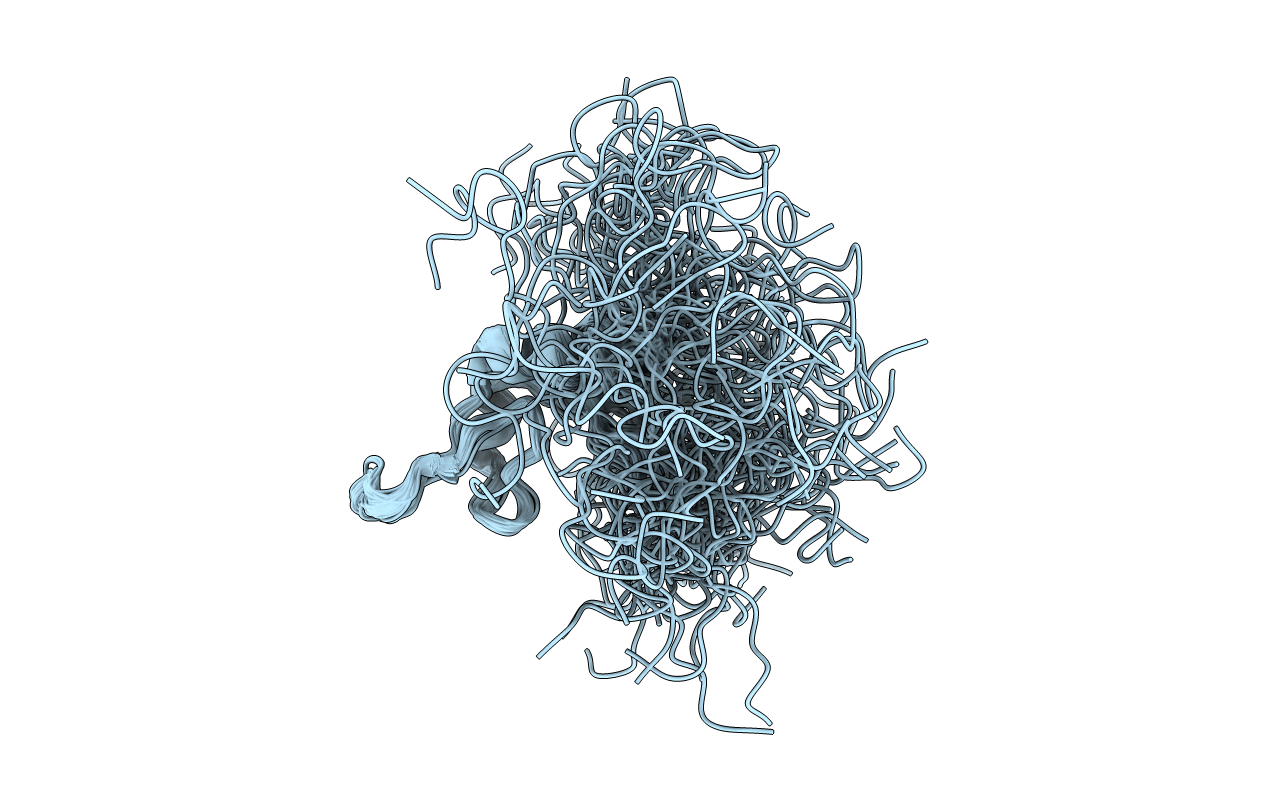
Deposition Date
2004-10-25
Release Date
2004-11-30
Last Version Date
2024-10-30
Entry Detail
PDB ID:
1XU6
Keywords:
Title:
Structure of the C-terminal domain from Trypanosoma brucei Variant Surface Glycoprotein MITat1.2
Biological Source:
Source Organism:
Trypanosoma (Taxon ID: 5702)
Host Organism:
Method Details:
Experimental Method:
Conformers Calculated:
100
Conformers Submitted:
60
Selection Criteria:
structures with the lowest energy


